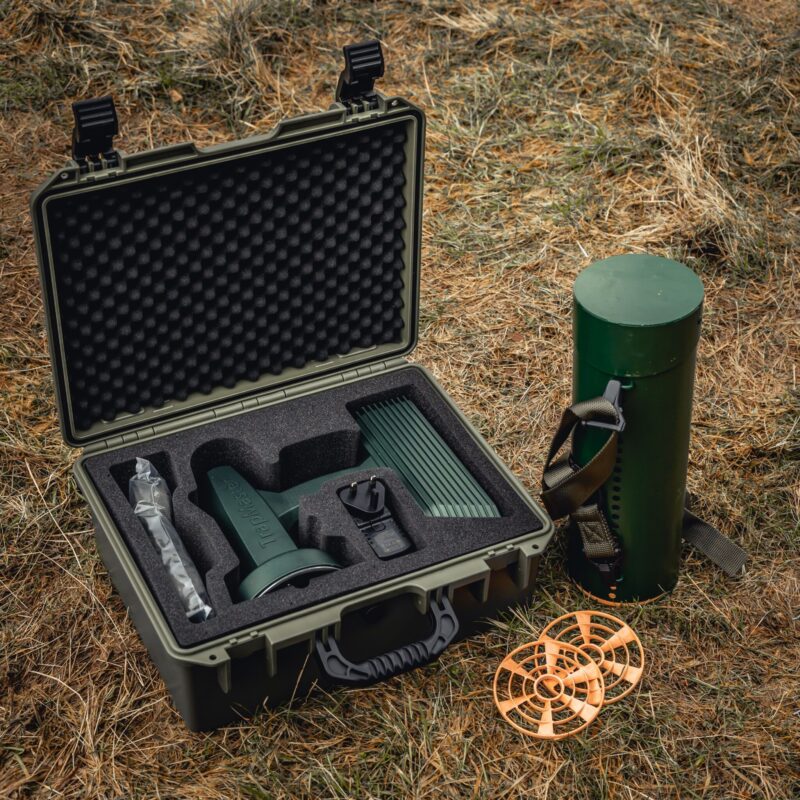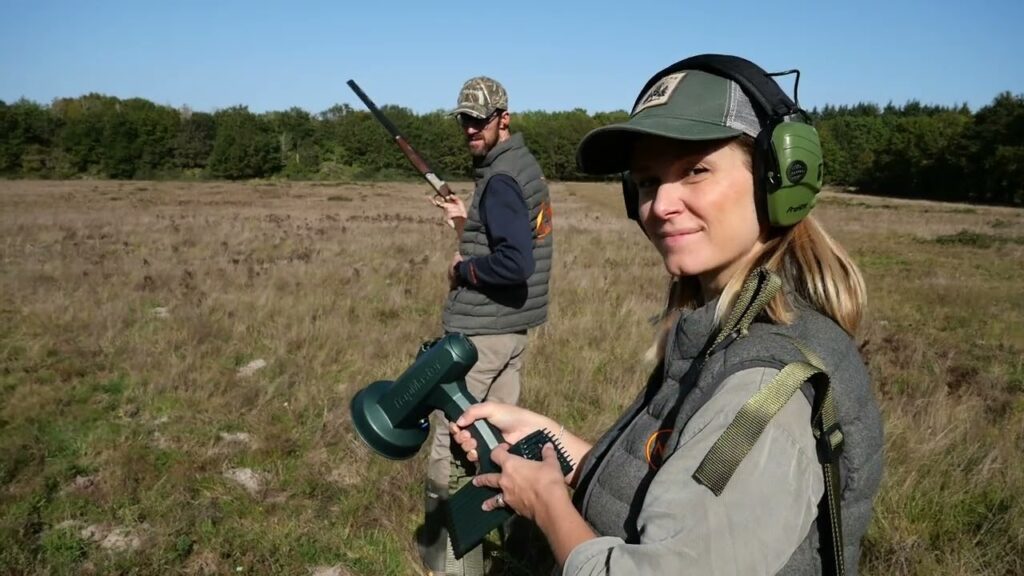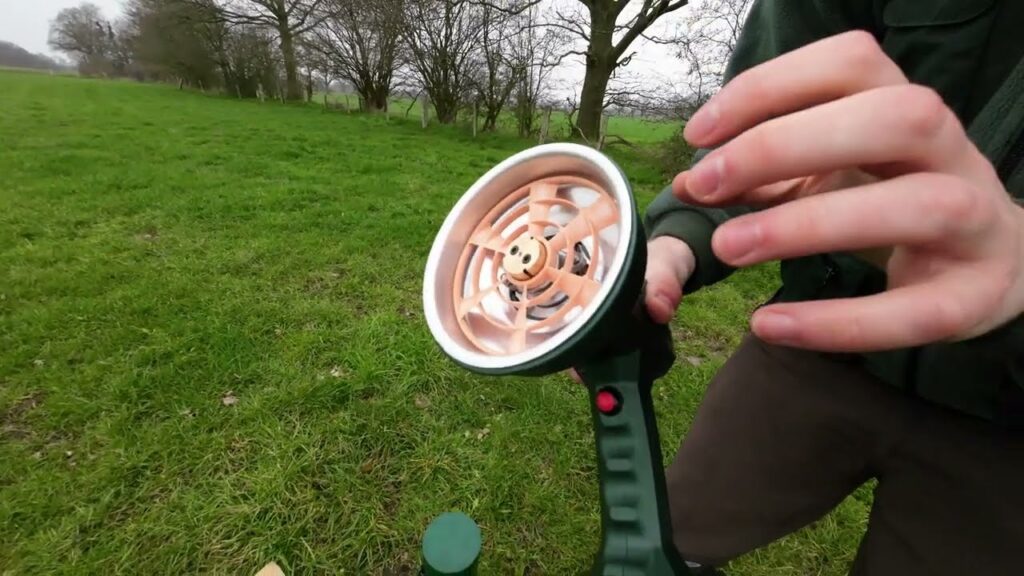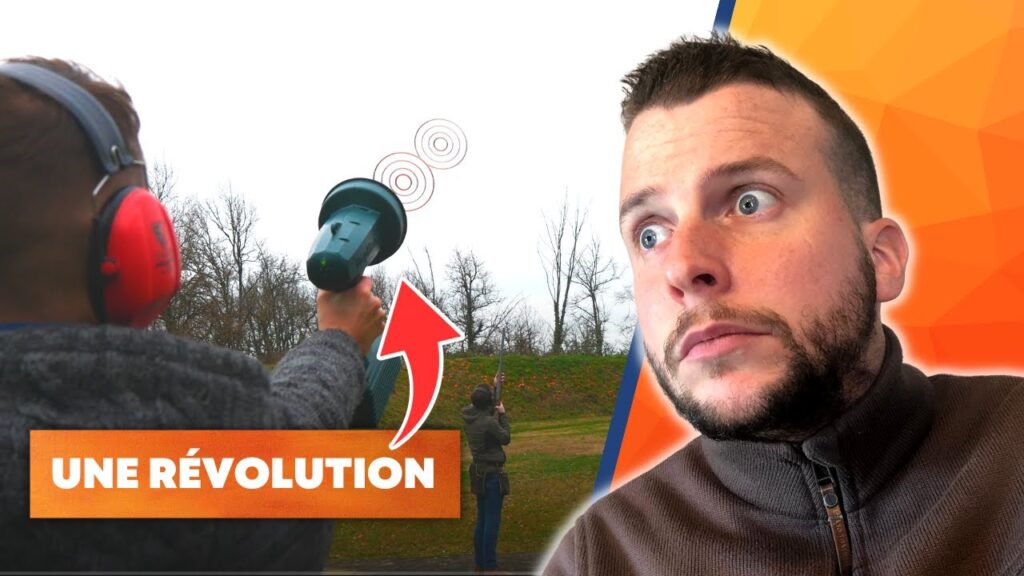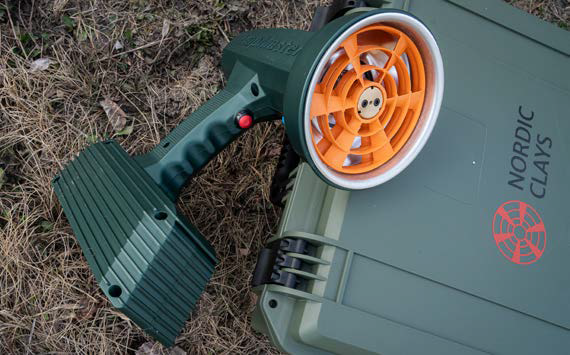Mastering the hand clay pigeon thrower: A step-by-step guide
Hand trap throwers are a fantastic tool for clay pigeon shooting, offering portability and ease of use. Whether you’re a beginner or an experienced shooter, learning to effectively use a hand trap thrower can enhance your shooting skills and enjoyment. In this comprehensive guide, we’ll walk you through the steps to master your hand clay pigeon thrower.
Step-by-step guide
- Unpack your hand thrower and get ready
- Load the clay pigeon
- Select a clay pigeon and place it in the cradle of the throwing arm.
- Make sure the pigeon is seated securely.
- An improperly seated clay can lead to misfires or inconsistent throws.
- Adjust the angle
- Set the desired angle for your throw.
- Experiment with different angles to find the one that suits your practice or shooting scenario.
- Prepare for the throw
- Stand with a stable and comfortable footing, keeping your body balanced.
- Hold the handle of the thrower firmly in your dominant hand. Your grip should be secure but relaxed to allow a smooth motion.
- Position yourself to have a clear line of sight in the intended direction of the throw.
- Execute the throw
- Swing your arm in a smooth, controlled motion.
- The key is to avoid jerky movements, which can cause inconsistent throws.
- Release the throwing arm at the peak of your swing for maximum distance and accuracy.
- Follow through with your arm motion to ensure the clay pigeon is launched smoothly and with adequate speed.
- Practice and adjust
- Practice regularly to improve your technique.
- Start with simple, short-distance throws and gradually increase the difficulty.
- Experiment with different angles and speeds to simulate various shooting scenarios.
- Adjust your technique based on where the clay pigeons land.
- Consistent practice will help you develop muscle memory and improve accuracy.
Advanced tips
Safety first
Always prioritize safety. Wear protective eyewear and ensure the shooting area is clear of people and obstacles.
Weather considerations
Wind and weather conditions can affect the trajectory of the clay pigeons. Practice in different conditions to improve your adaptability.
Maintenance
Your throwing arm might wear out at some point.
Conclusion
Using a hand clay pigeon thrower can significantly enhance your clay shooting skills, providing a flexible and portable option for practice.
By following these detailed steps and tips, you’ll be well on your way to mastering your hand clay pigeon thrower.
If your arms get tired, you should check out our machine-driven handheld thrower, TrapMaster, which can throw the targets quite a bit further.
Happy shooting!
Private: TrapMaster Starter Pack
Our TrapMaster starter pack has everything you need for a great day of clay shooting with friends and family.

